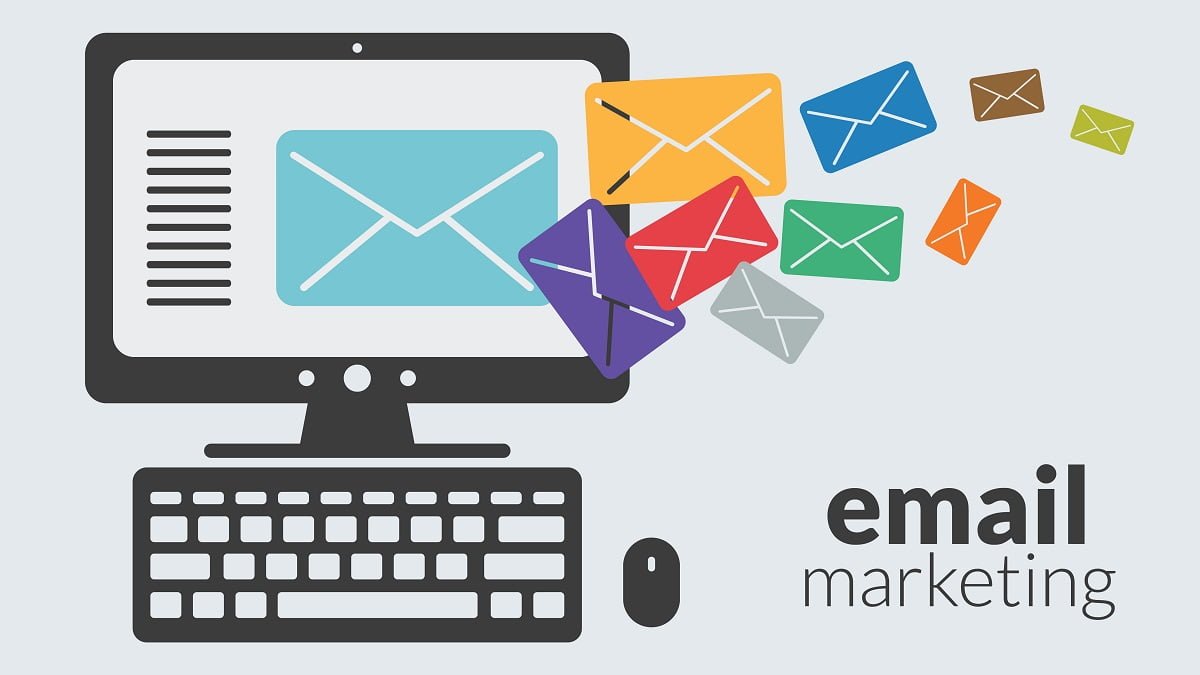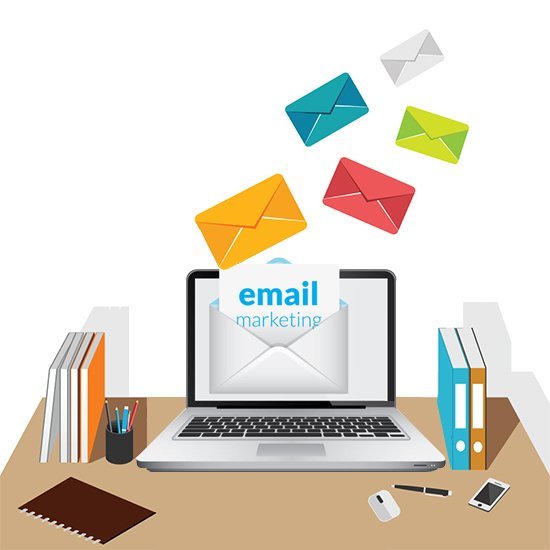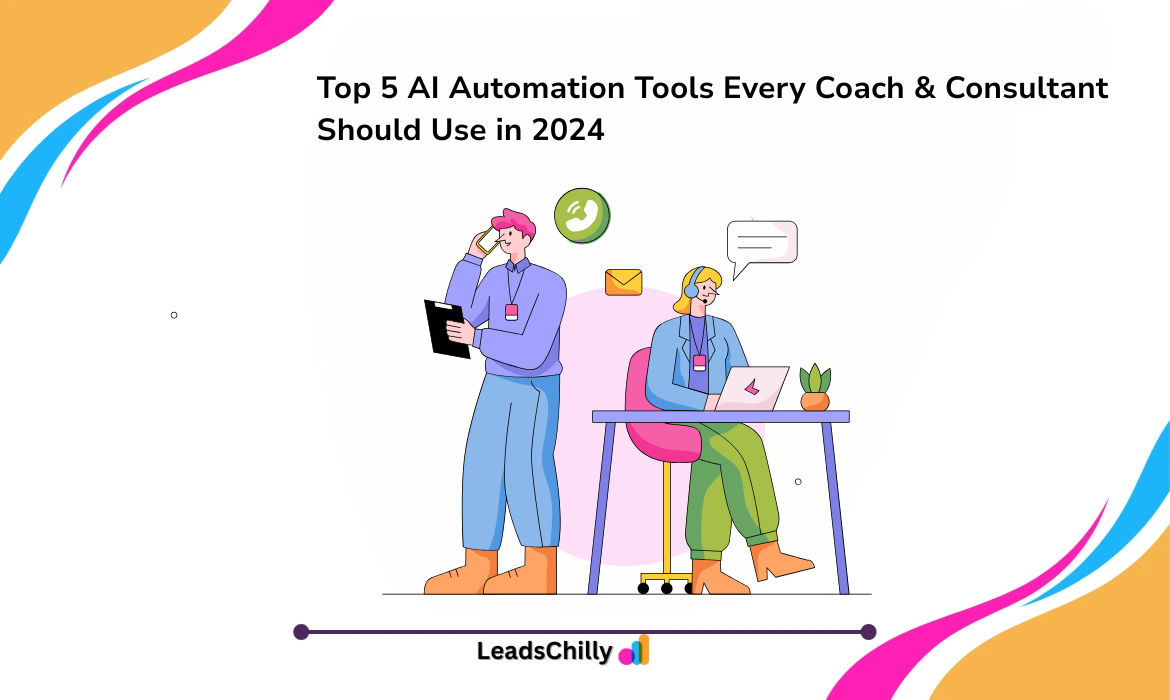Introduction
Email campaign management can be a daunting task, especially when you’re trying to keep up with the latest trends and best practices. But don’t worry – we’ve got you covered. In this blog post, we’ll share our top tips for email campaign management in 2023. We’ll cover everything from building an email list to designing your campaign to measuring its success. So whether you’re just getting started with email marketing or you’re looking for ways to improve your existing campaigns, this blog post is for you.
What is Email Campaign Management?
Email campaign management is the process of planning, executing, and monitoring email campaigns. It involves developing a strategy, designing and building emails, testing and optimizing them, and then scheduling and sending the emails.
The goal of email campaign management is to improve the performance of email campaigns and to make them more effective at achieving their objectives. Email campaigns can be used for a variety of purposes, such as promoting a product or service, driving traffic to a website, or raising awareness about an issue.
To be successful, email campaigns need to be well-planned and carefully executed. The process of email campaign management can help ensure that all the necessary steps are taken to create and send successful email campaigns.

The Benefits of Email Campaign Management
Email campaign management can save you time and money while increasing your ROI. With proper email campaign management, you can automate email campaigns to create efficiencies, improve deliverability, and track results. Here are some benefits of email campaign management:
- Automation
With email campaign management tools, you can automate tasks such as sending emails, segmenting lists, and tracking results. This allows you to focus on other aspects of your business while your campaigns run on autopilot.
- Improved Deliverability
When you manage your email campaigns properly, you can improve your deliverability rates by ensuring that your messages reach the inboxes of your recipients. This is important for both maintaining a good sender reputation and achieving high open and click-through rates.
- Increased ROI
By managing your email campaigns effectively, you can increase your ROI by improving deliverability, automating tasks, and tracking results. This allows you to make necessary adjustments to improve your campaigns and achieve better results over time.
- Greater Insight
When you track and analyze your email campaign results, you gain valuable insights into your subscribers’ behavior. This allows you to make necessary adjustments to improve your campaigns and achieve better results over time.
- Better Time Management
With email campaign management tools, you can automate tasks such as sending emails, segmenting lists, and tracking results. This allows you to focus on other aspects of your business while your campaigns run on autopilot.
The Different Types of Email Campaigns
There are four different types of email campaigns: promotional, transactional, relationship, and abandoned cart. Each type has a different purpose and requires a different approach.
Promotional emails are sent to customers and prospects who haven’t yet made a purchase. They’re designed to increase awareness of your brand and drum up interest in your products or services. Transactional emails, on the other hand, are triggered by a customer’s action, such as making a purchase or signing up for a newsletter. These messages confirm the customer’s action and provide them with information they need, like shipping details or order confirmation.
Relationship emails are sent to nurture your existing relationships with customers. They might include content like product recommendations or exclusive deals. And finally, abandoned cart emails are sent to customers who’ve started the checkout process but didn’t finish their purchase. These messages usually include a reminder of the items left in their shopping cart and an incentive to finish their order.

How to Create an Effective Email Campaign
Assuming you have a list of email subscribers, the first step is to segment your list into smaller groups. This can be based on factors like demographics, customer type, purchase history, or even interests. Once you have segmented your list, you can start creating your email campaign.
There are a few key things to keep in mind when creating an email campaign:
- The subject line is crucial. This is what will determine whether or not someone opens your email. Make sure it’s clear, concise, and to the point.
- The content of your email should be relevant to the recipient. No one wants to read a generic email that could have been sent to anyone.
- Keep it short and sweet. People are busy and don’t want to read a novel in their inbox. Get to the point and make it easy for them to digest.
- Include a call-to-action (CTA). What do you want the recipient to do after reading your email? Make it clear with a CTA button or link.
- Design matters. An attractive email will stand out in someone’s inbox and help grab their attention. But don’t go overboard – too much graphics can be overwhelming and turn people off from reading further.
- Test, test, test. Before sending your email campaign to your entire list, send it to a few people first to see how it looks and make sure everything is working properly. Then, once you’re confident it’s ready to go, hit send!
Following these tips will help you create an email campaign that is more likely to succeed.
How to Measure the Success of Your Email Campaign
There are several ways to measure the success of your email campaign. The most important metric is your open rate, which is the percentage of people who open your email. Your click-through rate (CTR) is also important, which is the percentage of people who click on a link in your email. Finally, your unsubscribe rate is the number of people who unsubscribe from your email list after receiving one of your emails.
To calculate your open rate, divide the number of people who opened your email by the total number of people who received it. For example, if 100 people received your email and 50 people opened it, your open rate would be 50%.
To calculate your CTR, divide the number of clicks on a link in your email by the total number of people who received it. For example, if 100 people received your email and 10 people clicked on a link in it, your CTR would be 10%.
To calculate you unsubscribe rate, divide the number of people who unsubscribed from your email list after receiving one of your emails by the total number of people who received that email. For example, if 100 people received an email and 5 people unsubscribed after receiving it, then your unsubscribe rate would be 5%.
Conclusion
Email campaign management can be a daunting task, but with the right tools and strategies in place, it doesn’t have to be. By following the tips in this article, you’ll be well on your way to managing your email campaigns like a pro in no time. So what are you waiting for? Get started today and see the results for yourself!



